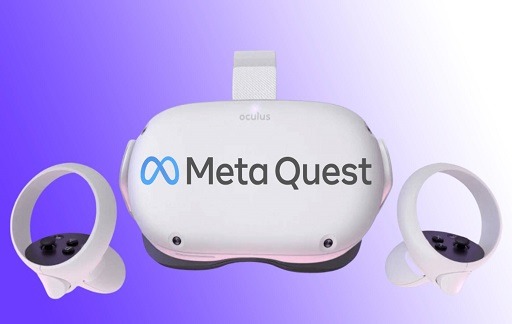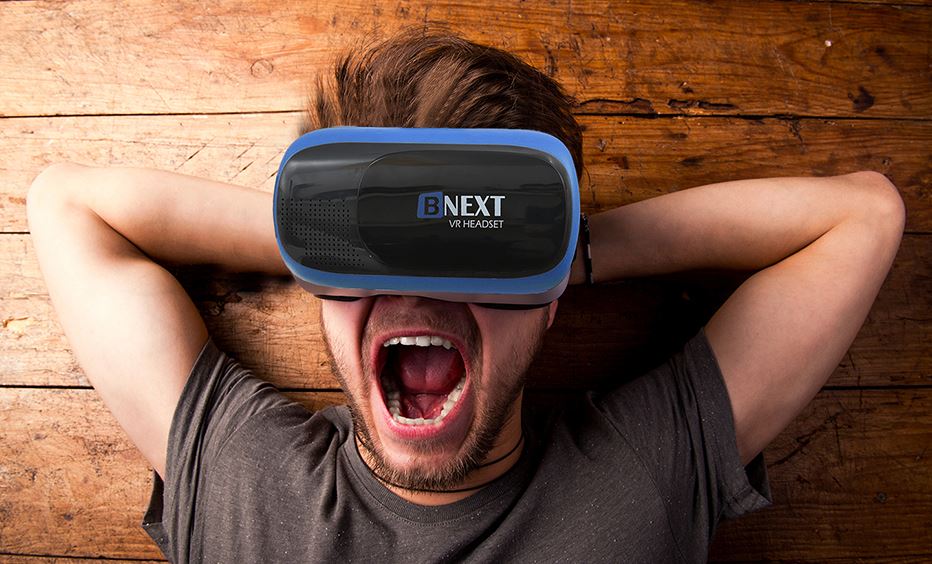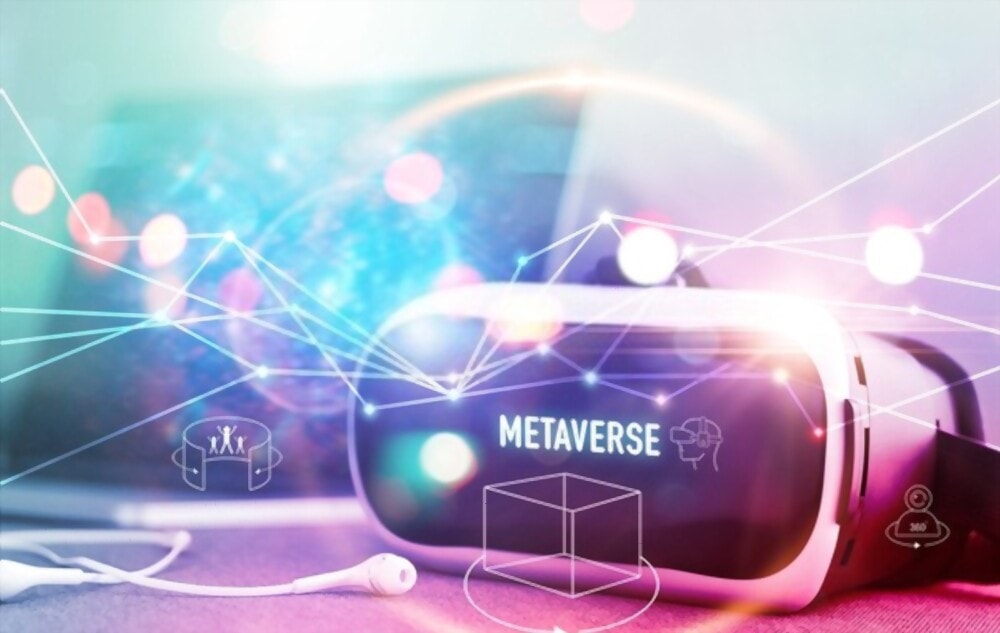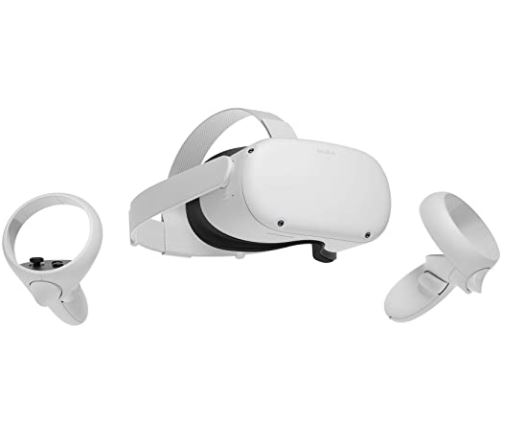According to UploadVR’s collective reporting, the rumored Meta Quest 3 is twice as powerful as the current Quest 2. Although Qualcomm and Meta have not confirmed these reports, there are some intriguing clues that suggest the rumors are true.
The rumors began when Quest 3 schematics were leaked to SadlyItsBradley (a popular VR-focused YouTuber). In a subsequent video, he claimed that an unidentified source informed him that the Quest 3 would be powered by the Snapdragon XR2 Gen 2, a chip that has yet to be announced.
The Quest 2’s current processor, the XR2 Gen 1, is an offshoot of the Snapdragon 865, which powered the most powerful Android flagships when it was released in 2020. On the graphics front, that chip uses the Adreno 650 in the Snapdragon 865 and XR2 Gen 1, which delivered 1.2 teraflops performance, which was double the 0.6 teraflop performance of the Adreno 540 in the Snapdragon 835. The original Oculus Quest and Vive Focus were powered by this chipset.

In 2022, most flagship Android devices are powered by the Snapdragon 8 Gen 1, and the Adreno 730 offers 2.2 teraflops of performance. If the Snapdragon XR Gen 2 is a tweaked version of the Snapdragon 8 Gen 2 (as is most likely), the Quest 3 could easily be twice as powerful as the Quest 2. If Qualcomm’s year-over-year performance gains are any indication, this will almost certainly be the case.
The Quest 2 is currently one of the best VR headsets available, and it’s a big reason why VR gaming is becoming more popular. If the Quest 3 expands the capabilities of virtual reality headsets, the medium’s and the headset’s popularity will grow.
It should be noted that the Quest 3 is not the same as the upcoming Quest Pro (Project Cambria), which is expected to be released on October 11. The Quest 3 will be a direct sequel to the Quest 2, whereas the Quest Pro will be aimed at a different demographic.
You may also like Oculus Quest Pro: Everything we know about new VR headset
What is Metaverse
The word metaverse is thrown around with more frequency these days as technology makes it easier to create and use virtual reality (VR) and augmented reality (AR) systems like Oculus Rift, HoloLens, and Google Glass. But what exactly does this term mean? What is the Metaverse? If you’re confused by the time or aren’t sure if it’s what you think it is, read on to find out more about the history and definition of the metaverse before learning how it’s being built right now.
A New Virtual Reality World
The metaverse is a term used to describe a shared universe created by interconnected virtual spaces, users, and objects. The idea was first introduced in Neal Stephenson’s 1992 novel Snow Crash, which predicted many technologies we now see as part of our daily lives. While it might sound like something from a science fiction novel, it’s much closer than you think – while we aren’t quite there yet with our virtual reality capabilities, some of its most crucial aspects are already coming together. The metaverse has been called a Second Life for Everyone, and projects like Open Source Virtual Reality hope to achieve precisely that—an open platform that will allow anyone to create their own VR experience without having to rely on companies such as Facebook or Google for access.
What is VRChat?
VRChat is a virtual world that runs on top of VRML, Virtual Reality Modeling Language. On VRChat, users can interact with each other in an immersive environment. The word metaverse refers to a collection of connected 3D spaces (and their communities). Given VRChat’s customization features and user-generated content, it would be fair to call it an early version of such a metaverse. A custom VR world creator can design just about any type of world for social interaction in VRChat. In reality, however, they are two very different concepts with vastly different potentials.
You may also like Oculus Quest 2 Advanced All-in-One VR Gaming Headset
The Future of VR
What is Virtual Reality? First, we must define virtual reality, which can be challenging to pinpoint what VR is and what VR isn’t. The easy way to describe it is an immersive, computer-generated environment that allows us to interact with virtual items and other people in real-time. This level of realism has a few implications: When you’re in a virtual world, your brain believes everything around you is accurate. When objects are simulated with perfect fidelity—and allow for interaction—we immediately attribute all our senses (sight, sound, touch) to them. Our brains interpret these objects as accurate. In other words, we experience them as if they were there.
Meta Quest 3 specs and rumors
We anticipate that the Meta Quest 3 will ship with a 120Hz display as standard. The current Quest 2 supports a 120Hz refresh rate, but it requires apps to upscale content to meet that requirement. A fast refresh rate out of the box would be greatly appreciated, especially by those who experience motion sickness when wearing VR headsets.
The Cambria will use mini-LED technology, according to Brad Lynch(opens in new tab), a VR analyst, while the Quest 3 will use uOLED displays. The Quest 3 is expected to have a resolution of 4,128 by 2,208 pixels, or 2,064 by 2,208 pixels per eye. This is a 30% improvement over the Meta Quest 2’s 1,920 by 1,832 pixels per eye.
Lynch’s subsequent leak revealed a slew of details about the Quest 3. To begin, the Quest 3 appears to be a mixed reality headset rather than a virtual reality headset. It intends to do so using a four-camera array and a depth sensor to enable mixed reality elements. This could be an indication that Apple’s rumored VR/AR headset is reshaping the consumer VR market.
Furthermore, the device is expected to receive a couple of upgrades. Lynch claims that the Quest 3 will be upgraded to the next-generation Qualcomm Snapdragon XR2 Gen 2, codenamed “Project Halliday.”
The RAM and storage on the Quest 3 could be increased to 512GB SSD and 12GB RAM. There is no indication whether these are the specifications for the base model or the maximum specs for the headset.
The PICO 4 pioneered pancake optics in virtual reality, and the Quest Pro is likely to follow suit. Pancake optics appear to be the new standard in lens design. The technology enables manufacturers to create thinner, more compact display lenses, which can help to increase resolution or make room for more cameras. Consumer-grade VR could potentially stagnate without pancake optics, so it’s encouraging to see that it’s becoming a standard rather than an expensive feature.
Quest 3 appears to be reintroducing the ability to fine-tune the interpupillary distance (i.e. the distance between lenses). This may appear to be a minor change in the quality of life, but it provides users with a more comfortable experience, especially when compared to the Quest 2.
The Quest Pro’s controllers are said to require a charging dock. According to the CAD renderings Lynch shows in his video, the Quest 3 will have a similar charging port. This suggests that the Pro controllers may also work with the Quest 3, though this is purely speculative.
Unfortunately, the Quest 3 does not appear to include eye or face tracking. According to Lynch, eye and face tracking necessitates the use of additional cameras as well as an additional chip, making the feature prohibitively expensive for a consumer-level device.
You may also like The Best Game Consoles you can buy
Meta Quest 3 price
The price of Meta Quest 2 has recently been raised. Beginning August 1, the 128GB version will cost $399, and the 256GB version will cost $499. Both have sold well, but Meta blamed the price increase on rising costs. Fortunately, some models are still available at current — lower — prices. Check out our best Meta Quest 2 deals to avoid missing out.
At best, we hope that the Meta Quest 3 will cost the same as the Quest 2’s new price point. However, given that the Quest 2 recently received a price increase and the Meta Quest Pro is now rumored to cost $1,500, it remains to be seen if this is the case.
Meta Quest 3 release date
Rumors and leaks about the Meta Quest 3 were relatively quiet until September 29, when analyst Brad Lynch released a slew of CAD images in a YouTube video, potentially leaking information about the VR headset.
Meta, Facebook’s parent company, is working on a lot of VR prototypes, which suggests Meta is also looking into new VR hardware. However, because the Quest 2 is still relatively new and has little competition, Meta can afford to take its time here.
As a result, we’d be cautious about predicting a new Quest headset this year, with 2023 looking like a better bet. Lynch stated in his Quest 3 leak video that he expects the Quest 3 to be released in 2023 as well, but has no idea when that will be.
Would you like to read more about Meta Quest 3-related articles? If so, we invite you to take a look at our other tech topics before you leave!
![]()











